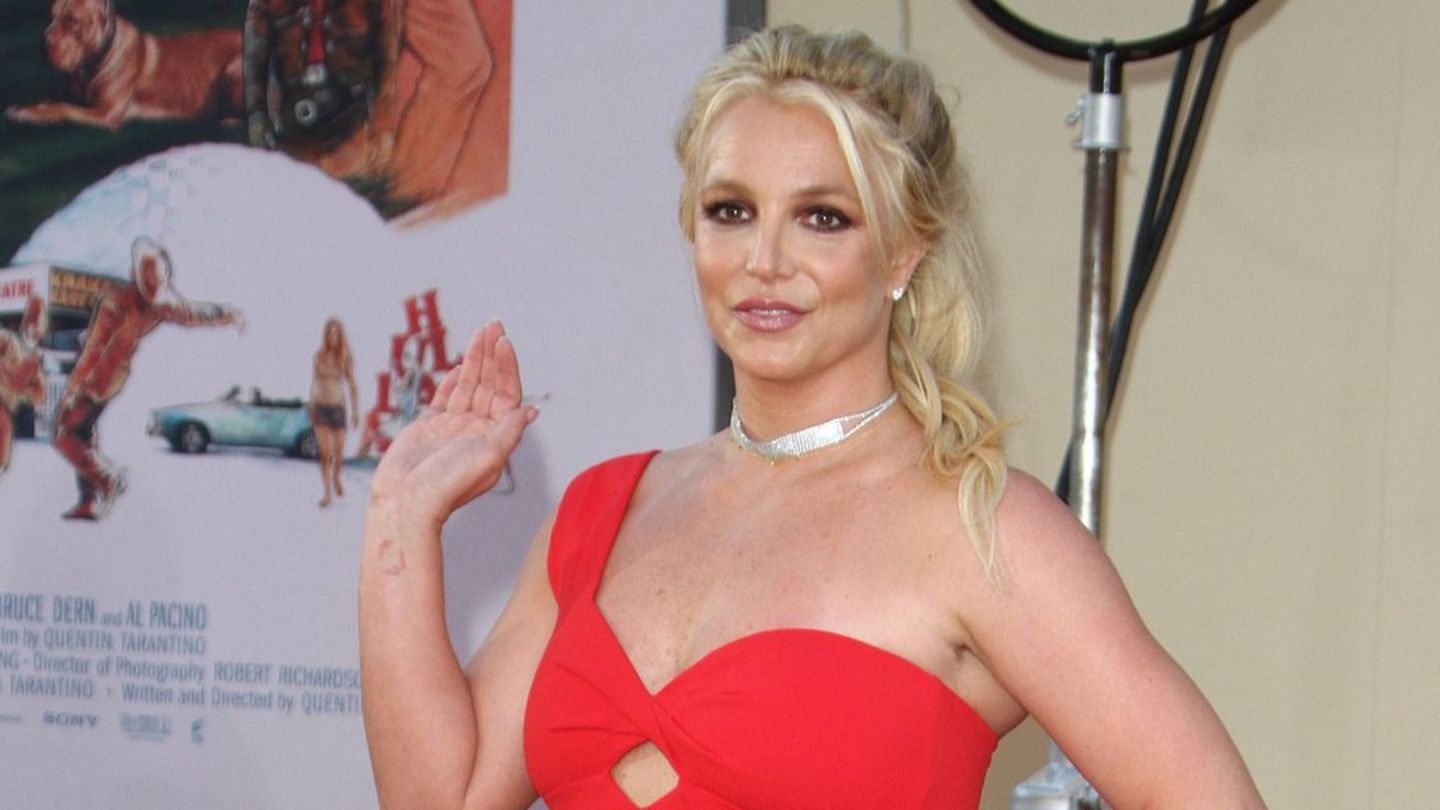But it’s not just about the meat. The evaluations of the Ministry of Economy show that unfavorable weather conditions -that is to say drought, heat wave and frost that affected productive areas – are having very negative effects on the production of other foods, such as fruits and vegetables.
Meanwhile, official sources assess that “The Fair Prices Program is working well, It is throwing more demand in the supermarket channel in the part that is subject to the agreement”. The program has a compliance level of 98%.
In addition, with regard to the management of the agreements, official sources maintain that “Dialogue is being conducted with 600 companies, not only with what is seen in supermarkets”. Above all, in the last weeks of February, the authorities began to deploy negotiations with local businessesbecause they observed that the gap in demand between them and the supermarkets increased.
The official expectation is that in the current month the stabilization effect of the program will deepen. They explain that in February a series of elements were combined, among them that part of the basket that had fixed prices went to mobile phones and others joined 9%. But in March there are no products coming out of the agreement, from which it is expected that the average rise is approximately 3.5%. On the other hand, a high source of the economic team commented that the high inflation did not affect the agreements that they have with companies of widespread inputs.
In the Palacio de Hacienda they consider that “Price agreements do not solve the problem of inflation, but they try to de-index the economy.”
As basic measures, they point out that they continue to work on the macroeconomy, implementing fiscal and monetary policies that will reduce inflation.
In particular, they point out that “The fiscal situation is solid and the monetary policy is consistent” and, in this sense, The economic team maintains “as a firm objective” the goal of reaching inflation of 60% in the year. “We are working to bring inflation down to around 4% per month”they maintain, although they acknowledge the difficulties.
In this sense, they point out that the agreement with the IMF leads to maintaining the fiscal goal despite the fact that the drought will mean fewer dollars, less revenue, among other factors. In the Ministry of Economy they admit that March inflation will remain high since it will impact some seasonal issues such as education and clothing, among others.
forecasts
The data for February was above analysts’ forecasts: the Survey of Market Expectations prepared by the Central Bank calculated inflation of 6.1% for last month, half a point below the data reported by INDEC.
It should be noted that, unlike February, which is a relatively quiet month, in March there are seasonal increases in items such as clothing, due to the change of season, and education, with the start of classes. Precisely, these two components of the index were the ones that increased the least last month (3.9% increased clothing and footwear and 3.2% education).
Added to these seasonal increases are other punctual ones. Considering these aspects, consultants such as Ecolatina forecast a rise in the March price index of the order of 7%as pointed out to Ambit the Economist Santiago Manoukian.
About. points out that in the current month the increases in private schools (16.4%), prepaid (5 to 7.7%), subway (38%), fuel (3.8%), trains and buses (6% ), water and gas rates, television, cable and internet, taxis (30%) and domestic service (4%).
Other consultancies forecast similar increases for the March index. The data from the survey of S&T prices available so far suggest that the current month “could close with a monthly variation around to 7%, with which the interannual rate will continue to rise, despite the fact that in March 2022 inflation was very high”.
Analysts point out that, in addition, different key variables such as the official exchange rate and the interest rate. The official leadership has been devaluing at a rate of the order of 5.5% with the purpose of not delaying the price of the official dollar.
At the same time, the Palacio de Hacienda has pointed out – and this is how it appears in the understanding with the International Monetary Fund – that interest rates will tend to be maintained above inflation, as a way of encouraging savings in pesos.
In this regard, an ACM report states that “although the Central Bank was able to keep the interest rate constant at 75% in the last 6 months, given the commitment with the IMF to maintain positive real rates, a review will be necessary in its monetary policy.
restrictions
The restriction on imports is another factor that also generates tensions in prices, according to the opinion of businessmen. The consulting firm Pxq calculates that imports they should contract 7.5% in the year (excluding energy)as a consequence of the lower supply of foreign currency due to the drop in agricultural exports that caused the drought – between USD 15,000 and 18,000 million-.
In addition to subtracting dollars, the drought threatens to continue impacting food prices. sector estimates They foresee a fall of the order of 25 to 30% in dairy production this year, as a consequence of the lower availability of pastures and the increase in the value of feed for livestock.
Source: Ambito




